In our Bird of the Month series, we celebrate garden regulars and their secret lives. This month, the spotlight is on the robin; a true superstar of UK gardens and one of the most beloved British birds!
Meet the European Robin
The European robin (scientific name Erithacus Rubecula) is a small, friendly bird famous for its vivid orange-red breast, upright posture, and spunky personality. Male and female robin birds look almost identical. Both share that charming red chest, which makes telling them apart tricky unless you catch behaviour differences in breeding season. Young robins (called juveniles) lack the red plumage, appearing with an adorably speckled brown plumage instead.
Robins measure about 14 cm in length, with a wingspan of around 20-22 cm. Their weight typically falls between 14 and 21 grams. In the wild, most robins live for just over a year, though some manage to survive for several years under favourable conditions!

Where and how to spot a robin
Robins are among the common British garden birds you’re most likely to see. Their boldness makes them comparatively tame around humans. They’ll hop near your feet while you weed, flit into the hedgerow at dusk, or perch on a fence. With their red breast, they are impossible to miss.
They’re also frequent singers, with a melodic, warbling call that can carry well into the evening, especially in late winter. Their song is a trademark of British dawns!
What do robins eat?
The robin bird is primarily insectivorous; they love insects like worms, spiders, caterpillars, and other small bugs. In gardens, robins will gladly accept supplemental foods, especially in lean seasons like winter. Here are some foods you can safely offer to help our feathered friends along:
-
Live or dried mealworms (a top treat)
-
Soft fruits (raisins, mashed banana)
-
Sunflower hearts, suet, and crushed peanuts
Offering a mix of high-protein and fat-rich treats helps robins survive the colder months and gives them energy for breeding.
Nesting, eggs & breeding
Robins are territorial and pair only for the duration of the breeding season, which typically begins in March. They often nest low down inside hedgerows, tree roots, crevices, even in planters or nest boxes with open fronts.
They usually lay 4-6 little blue eggs, one per day, typically in the early morning. Incubation lasts about 13 days, and fledging occurs around day 14. The parents continue to feed the fledglings for up to three weeks while preparing for another brood. Females commonly raise two broods per year, though in some regions they manage three or even four.
Robins are sensitive during nesting. If disturbed, they may abandon the nest. It’s wise to steer clear, especially at ground-level nests!

Baby robin birds & juveniles
A baby robin bird (nestling) is small, often bare-skinned or sparsely feathered at first. As they grow, you’ll see faint speckling and gradual plumage development, but still no red chest until first moult. Juveniles eventually gain adult feathers over a few months.
Robin bird call
The robin’s call is rich and versatile. They produce a sweet, melodic song, often at dawn and dusk, and a shorter “tick” or “tic-tic” call as an alarm or contact note. In winter, robins may sing more at night if there are street lights around.
Listen to their call here:
Robins in the ecosystem
Robins are generalist feeders and territorial defenders. They help control insect populations and act as prey for predators like cats, birds of prey, and weasels. In gardens, they are a sign of a healthy ecosystem! Because they exist across woodlands, hedges, gardens, and parkland, they are also typical common British birds and a core part of the bird community. In fact, robins were made the national bird of Britain in 1960!
How to make your garden robin-friendly
-
Provide dense shrubs or low vegetation as shelter
-
Use open-fronted nest boxes around 1-1.5 m high, hidden among foliage
-
Keep a patch of bare ground or leaf litter for insects
-
Offer suitable food and fresh water year-round
-
Avoid excessive disturbance near nesting sites
A bird box camera or wildlife camera can help you monitor robin nesting without disturbing them, perfect for capturing wonderful footage while respecting their space! Browse our selection of cameras and find the perfect match for your garden.

FAQs
What type of bird is a robin?
The European robin (Erithacus Rubecula) is a small bird known for its vivid red-orange breast.
What can I feed a robin bird?
Feed them invertebrates such as worms and insects, supplemented with mealworms, soft fruit, suet, peanuts, and small seeds.
How long does a robin bird live?
On average, robins live about 1-2 years in the wild.
What size hole for a robin bird box?
Robins prefer open-fronted nest boxes rather than hole boxes. The opening should typically be around 4-5 cm (1.5-2 inches), or a ledge rather than a hole, placed in a concealed location.
What does a baby robin bird look like?
Baby robins are often sparse-feathered or downy, with pale mouths. Their plumage is usually brown-speckled, and the red chest develops later during moult.
What noise does a robin bird make?
Robins produce a melodic warbling song, “tick-tick” alarm calls, and a soft contact call. Males sing throughout the year, often at dawn and dusk!
Do robins migrate?
Some populations are resident year-round in the UK, while others (especially Scandinavian ones) migrate south in winter.
When do robins start nesting?
Robins usually start nesting in early spring, around March, and may have multiple broods through summer.
How many eggs do robins lay?
A typical clutch contains 4 to 6 little blue eggs, laid one per day, usually in the early morning.

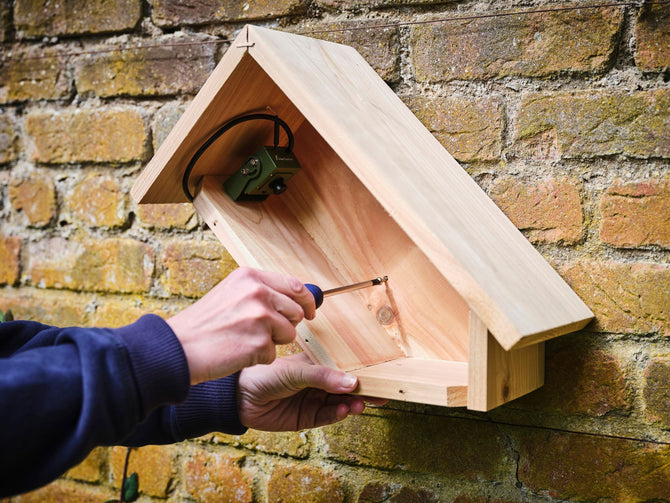
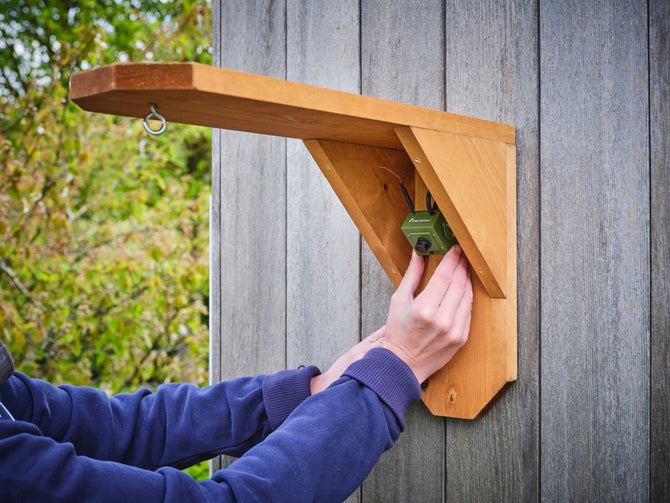
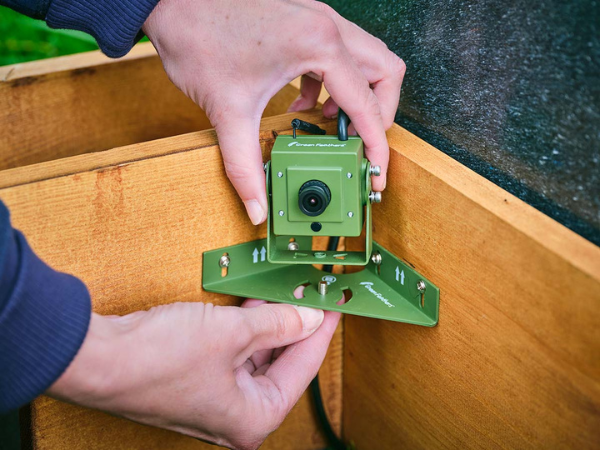
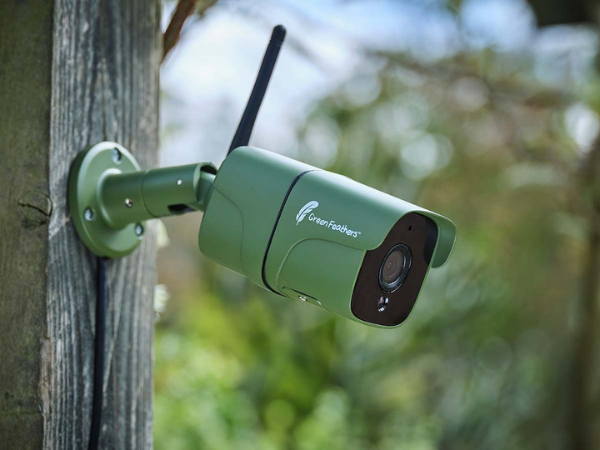
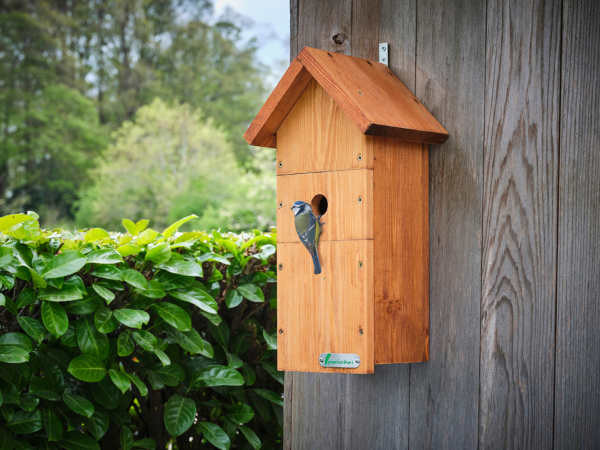
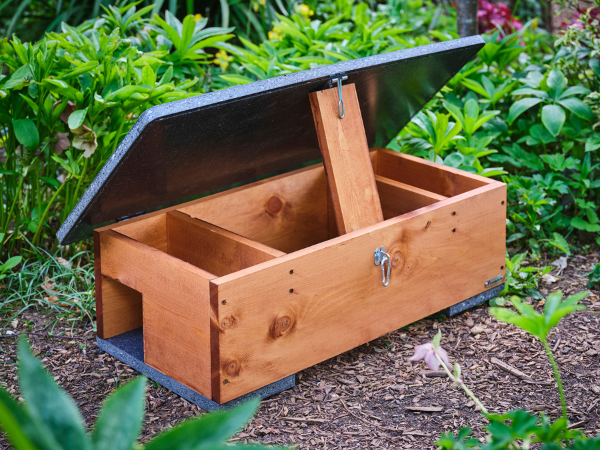
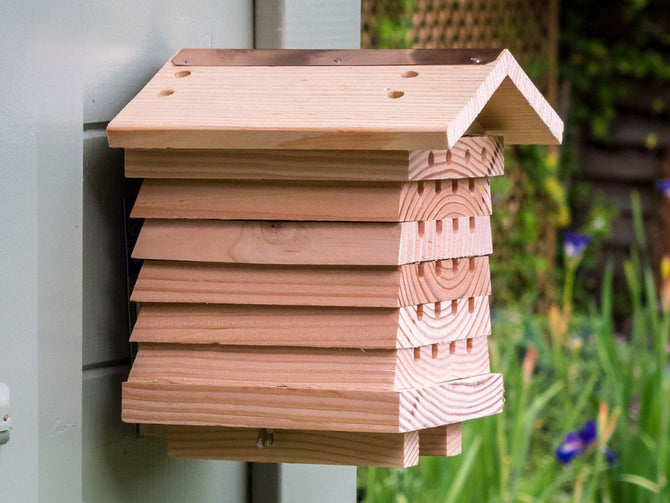
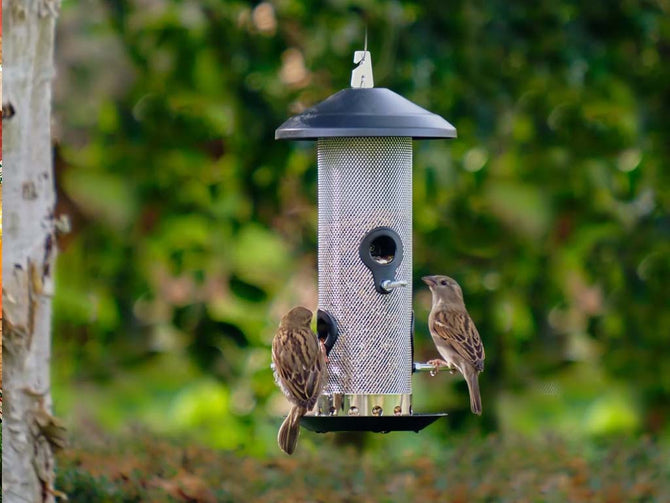
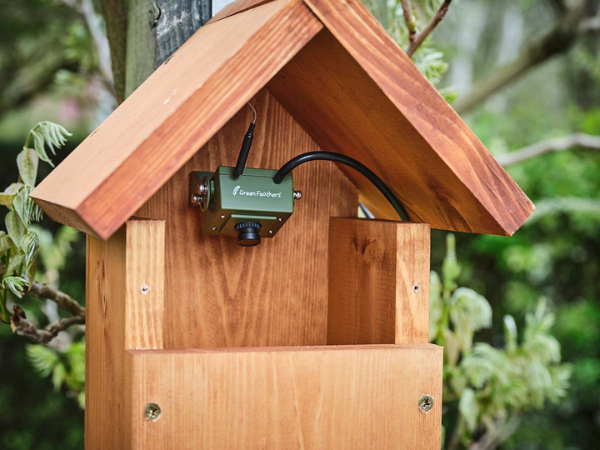
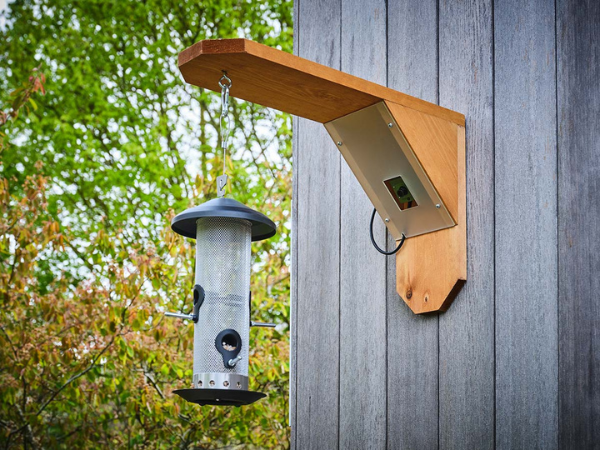
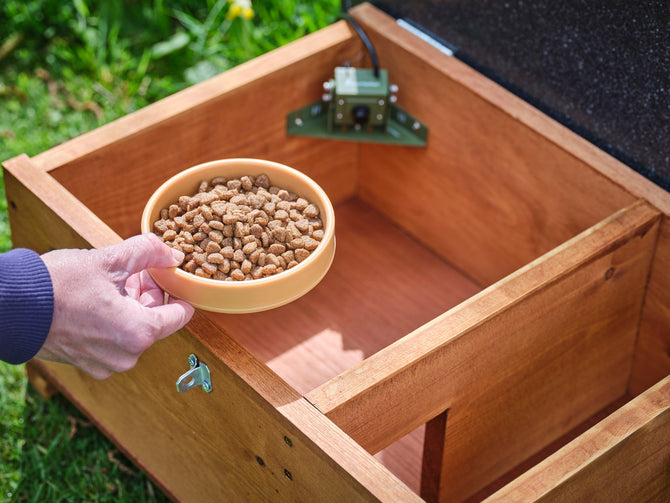
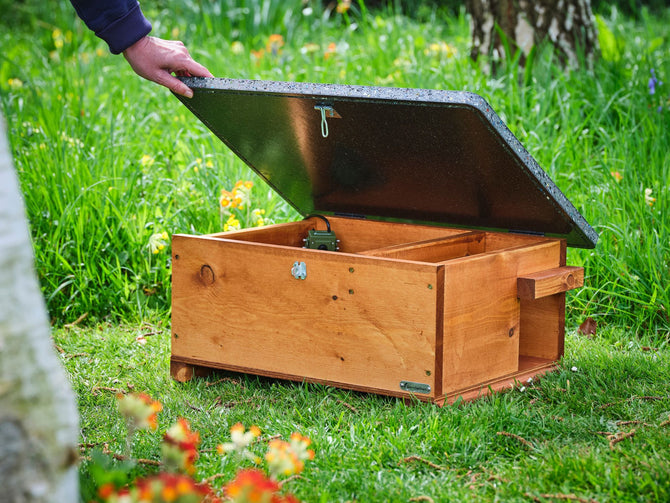

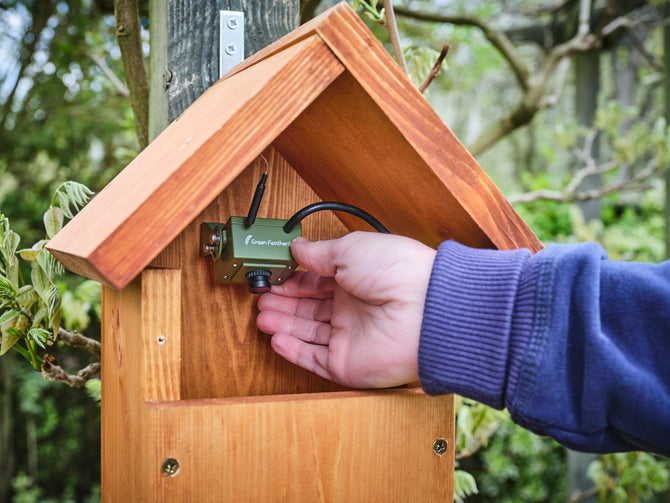
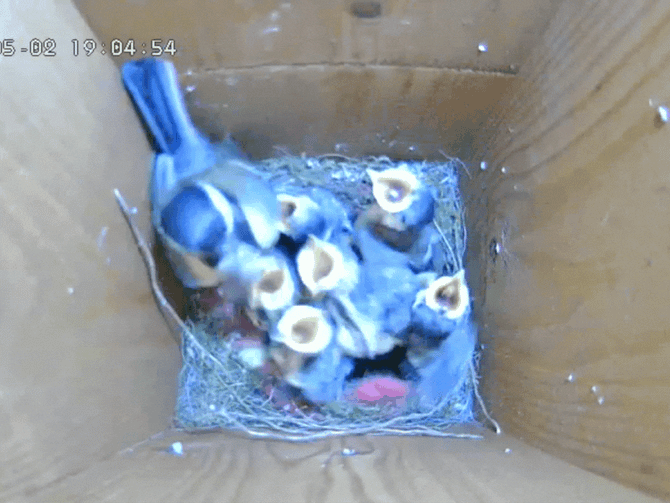
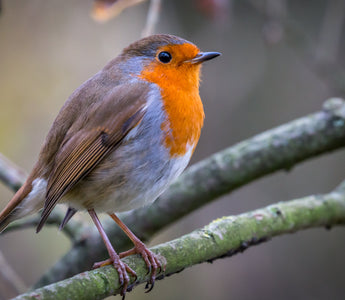
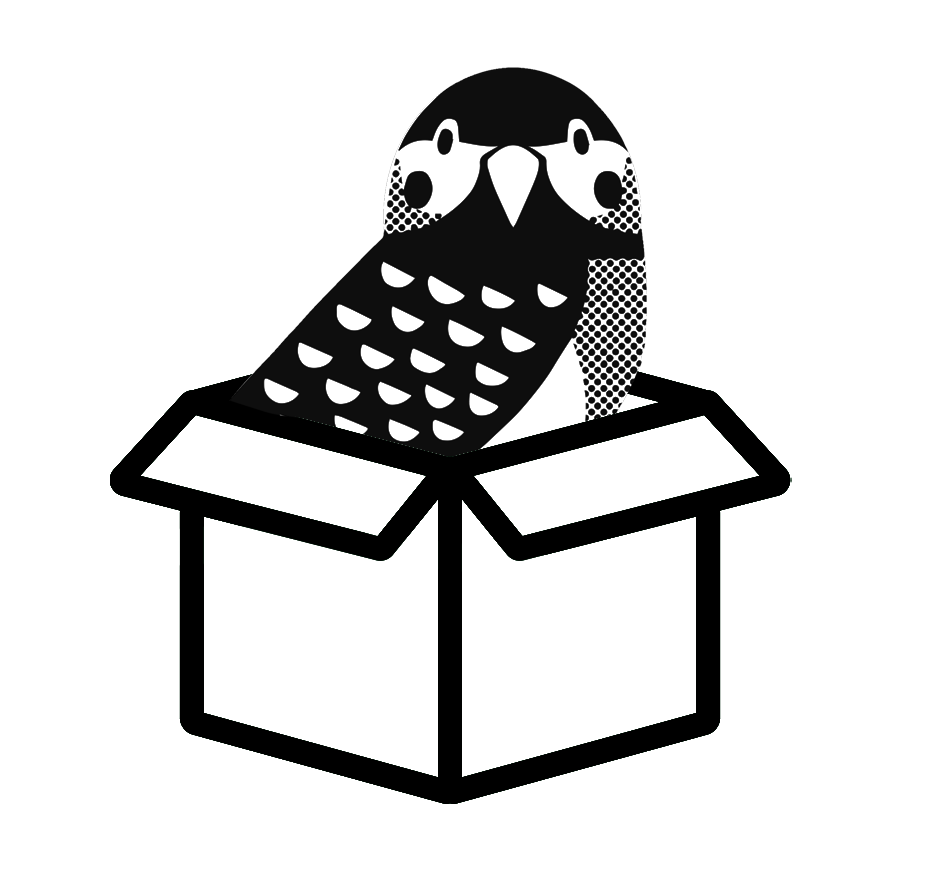
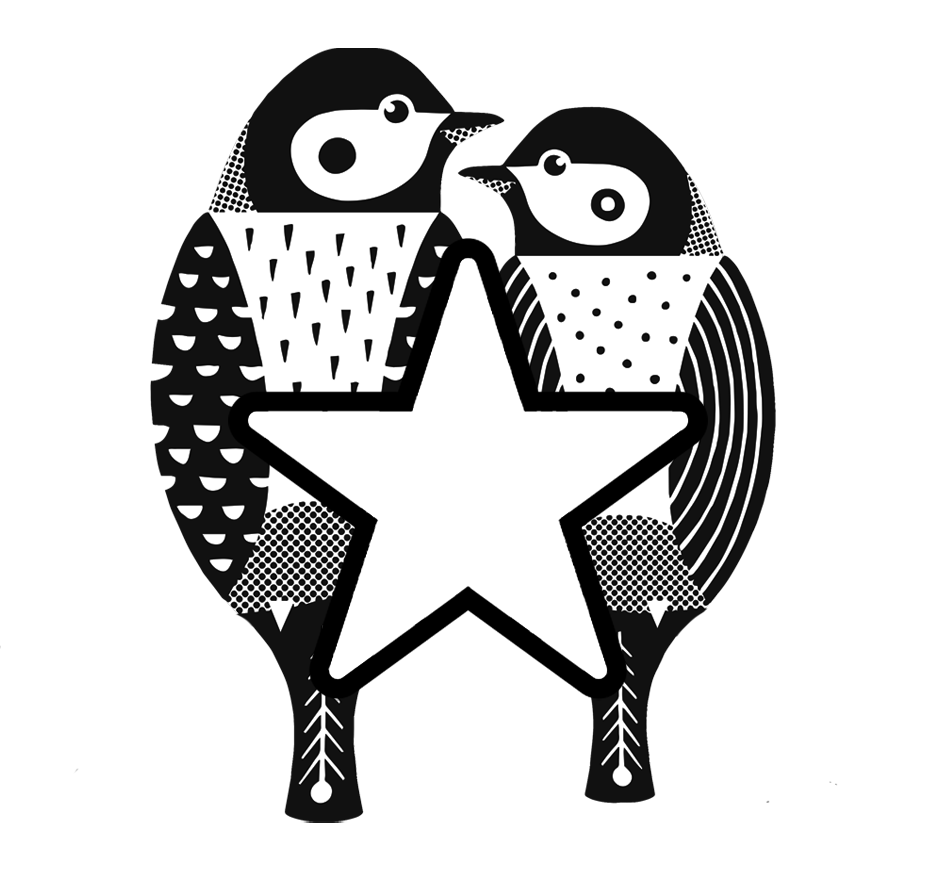
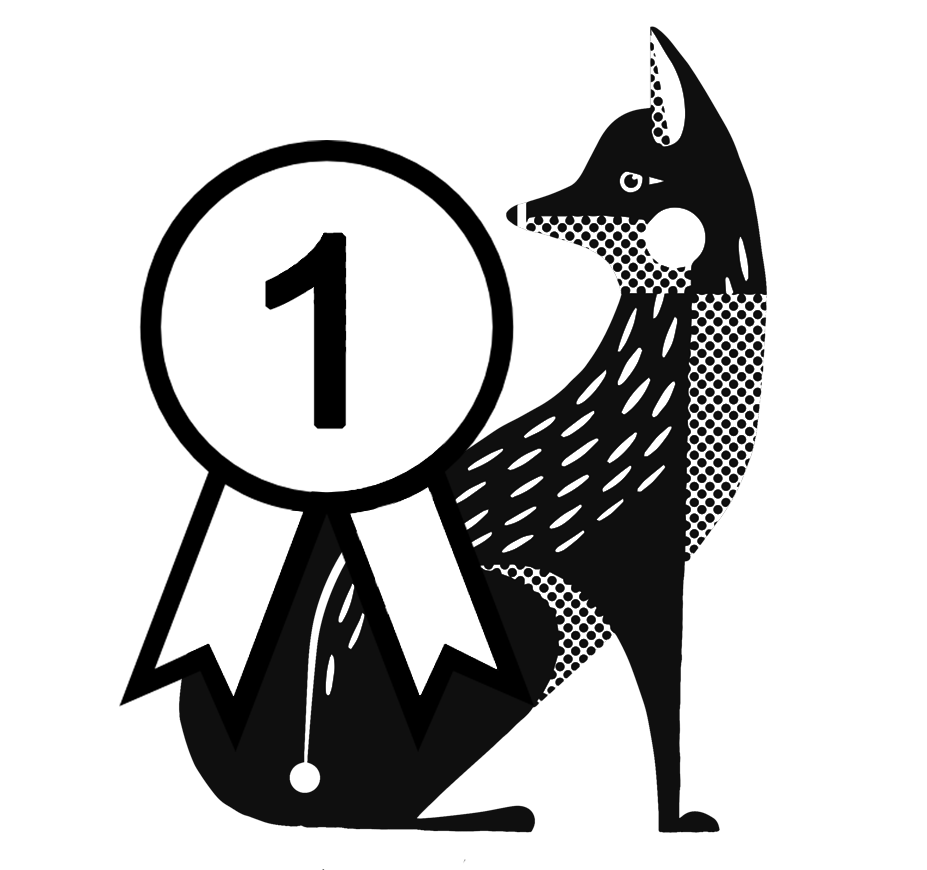





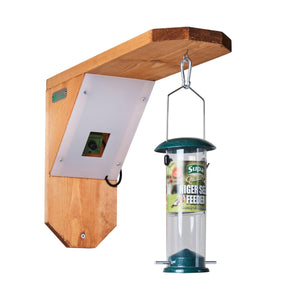
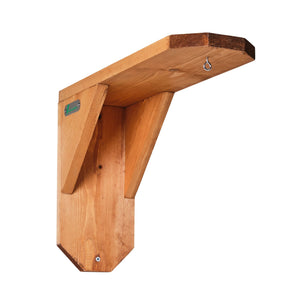
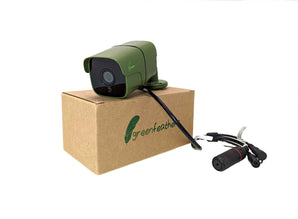
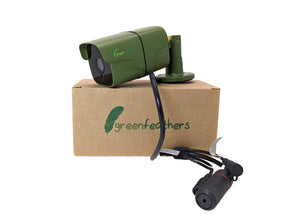
I love the European Robin, but when I remember my trip to to England I remember the Swans which we enjoyed so much.
I love the European Robin, but when I remember my trip to to England I remember the Swans which we enjoyed so much.